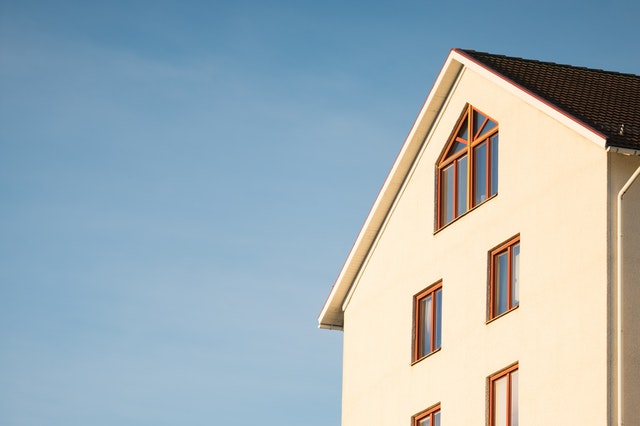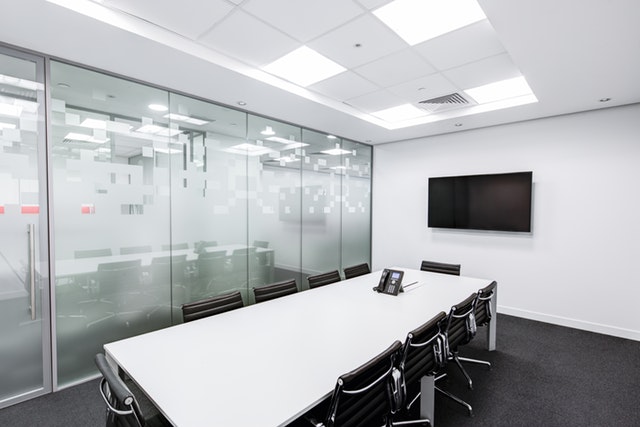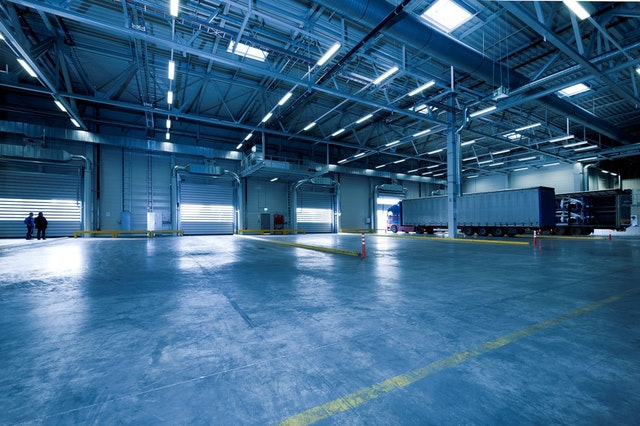There is currently no demand for wooden houses in Latvia.
Very few wooden houses are built in Latvia compared to Scandinavian countries, because there is a relatively low demand for them in Latvia, said Māris Slavinskis, representative of the Baltijas Jumis company. He pointed out that very few wooden buildings are built in the public sector, more of them are built in the private sector in Latvia. Slavinskis admitted that the construction of wooden houses has great potential in Scandinavia, where there is a demand for them. Such houses also have advantages – shorter construction time, they are environmentally friendly. In Sweden, the construction of wooden houses is also facilitated by a developed social policy that facilitates the purchase of housing for families with children. Also, the main sales markets of the company “Baltijas Jumis” are Scandinavia, mainly Sweden, as well as Norway. However, there are other foreign target markets that have come into the company’s sights, including Greece and the United Arab Emirates. Slaviskis said that the construction of wooden houses in Eastern countries is an unexplored field, because there is more dominance of other raw materials, such as houses built of cement and concrete. However, there are also people in these countries who like wood as a material and are fascinated by the philosophy of wood. You just have to look for such people. “For them, wooden houses are to some extent exotic, just like visiting the desert is for us. Wooden houses in the countries of this region have a certain exclusivity, but they are located quite far away, so the transportation costs are quite high,” Slavinskis reasoned. At the same time, he emphasized that the construction of wooden houses has potential, as they belong to the niche of exclusive housing, where there is a growing demand. This, in turn, can be explained by the fact that there are more and more wealthy people in the world who can afford to build such houses. Slavinskis said that the company’s goal in the coming year is to strengthen and gain more stability. According to his explanation, the company’s project planning cycle is still relatively uneven, so the future goal is to prevent this by ensuring the continuity of work, stable progress and preventing periods of potential downtime.










